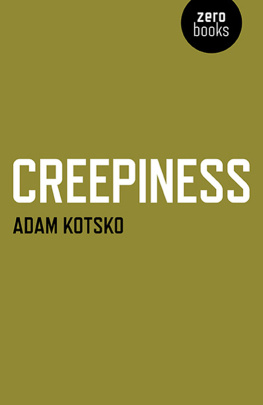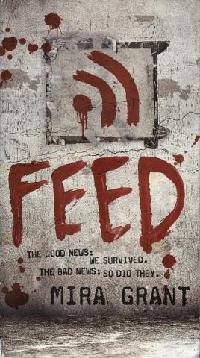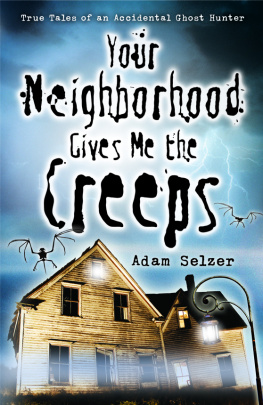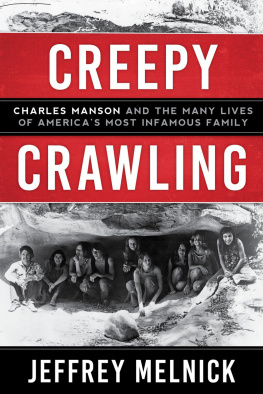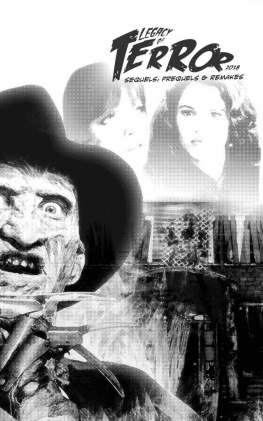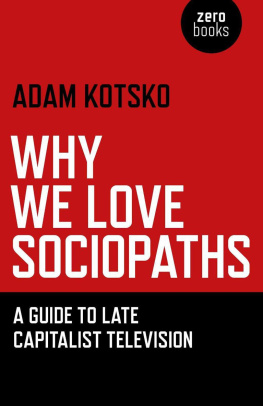First published by Zero Books, 2015
Zero Books is an imprint of John Hunt Publishing Ltd., Laurel House, Station Approach, Alresford, Hants, SO24 9JH, UK
www.johnhuntpublishing.com
www.zero-books.net
For distributor details and how to order please visit the Ordering section on our website.
Text copyright: Adam Kotsko 2014
ISBN: 978 1 78279 846 0
Library of Congress Control Number: 2014945879
All rights reserved. Except for brief quotations in critical articles or reviews, no part of this book may be reproduced in any manner without prior written permission from the publishers.
The rights of Adam Kotsko as author have been asserted in accordance with the Copyright, Designs and Patents Act 1988.
A CIP catalogue record for this book is available from the British Library.
Design: Stuart Davies
Printed and bound by CPI Group (UK) Ltd, Croydon, CR0 4YY
We operate a distinctive and ethical publishing philosophy in all areas of our business, from our global network of authors to production and worldwide distribution.
Acknowledgments
I would like to begin by thanking Natalie Scoles, who has been a constant help with this trilogy since my first tentative drafts of Awkwardness and whose insights not only sharpened my argument and expanded my range of examples, but helped keep me motivated and energized to complete this book. I could wish for no better partnerin conversation, in life, and in endless TV marathons.
I must also thank Anna Kornbluh, who responded in detail to multiple drafts from the earliest stages of this project. Her incisive critiques pushed me to revise, expand, and rethink my argument in countless ways. She is a true friend and intellectual comrade.
Many others helped me along the way, including: Eric Santner, who conducted a summer seminar that helped me to grapple with Freud in a way that proved absolutely decisive for the shape of this project; Sean Andrews, who invited me to speak at Columbia College in Chicago and commented on an early draft; his students and colleagues at Columbia, whose questions and comments in the question and answer session and at the pub afterward made important contributions to my thinking on creepiness; my students and colleagues at Shimer College, whose responses to my talk there pushed me yet further; Beatrice Marovich, who provided crucial insights into the history of the TGIF programming block; Ian Petrie, Ben Robertson, Karl Steel, and other Twitter correspondents, who reminded me of the most salient aspect of the Fonzs creepiness; the pseudonymous blogger Voyou, whose post on Spring Breakers deeply shaped my interpretation of the film; and Brad Johnson, who helped me to refine my (almost certainly correct) prediction about the ending of the Netflix series House of Cards and who put up with incessant online chat sessions about my writing process. My thanks to all of them, and to the countless friends, acquaintances, barbers, bartenders, and total strangers who have shared their thoughts on creepiness with me over the years.
Finally, my profound thanks to Tariq Goddard, who generously found a place for Awkwardness at Zero Books and who has been an invaluable advocate of my work since then. I am honored to be a part of his remarkable series.
Introduction
The specter of creepiness
Beginning in the mid-2000s, the fast food chain Burger King began running a series of deeply disturbing advertisements. They star a revamped version of the companys mascot, The King, who has left the world of animated childrens advertisements and is now played by an actor wearing a large plastic mask featuring a crown, a beard, and an alarming perpetual smile. One typical ad features a man waking up in the morning to find The King in bed with him, staring at him inches away from his face. The man is initially alarmed, but becomes calm when The King hands him a breakfast sandwich. As he eats, he and The King become friendlier, joking, laughing, and even briefly brushing handsand then they both flinch away and face forward in the bed. In another, a man wakes up, opens the blinds, and finds The King standing there staring at him. He starts to become agitated until he notices that The King is holding a plate with a breakfast sandwich.
This ad series, whose mascot was widely called the Creepy King in the press and among viewers, generated considerable word-of-mouth attention for Burger King, and in a sense it could be viewed as one of the most successful viral marketing campaigns of all time. Unfortunately for Burger King, the attention was almost uniformly negative. My father, one of the most easy-going people I know, at one point asked if I had seen the ads and expressed genuine outrage that Burger King was trying to sell hamburgers using homoerotic voyeurism.
Other viewers were similarly repelled, and the firms advertising agency, Crispin Porter + Bogusky, tweaked the formula slightly. In one later ad, The King crashes through an office window in a relentless quest to replace a womans microwaved lunch with a huge hamburger, while in another he engages in a reverse pick-pocketing scheme wherein he sneaks money into peoples pockets, apparently symbolizing his commitment to saving customers money. One ad reprises the home invasion theme by casting The King as a member of a group of buddies sneaking into their friends room to wake him with a blow horn. This more overtly masculine take on the character was continued in a series of ads in which The King is digitally inserted into classic hockey matches.
The shift to surrealism was not enough to shake the Creepy King image, and ultimately the mascot was retired. Yet The King lives on, seared into the American cultural consciousness as an enduring archetype of creepiness. Ive been researching the topic for years, primarily by asking people what they think of creepiness. Every definition I attempt is rejected as inadequate, and every creepy pop-cultural character seems open to other interpretationsexcept for one. The King is the one example that always receives unanimous consent.
Doubtless a big part of the characters impact is the simple shock that such an off-putting theme would be part of an advertisement. Its rare enough to have an aggressively creepy character on television, and even then the writers will normally make some effort to make the character somehow relatable or sympathetic. Yet The King has no back-story, no mitigating factors. He is sheer creepiness embodied, all the more so given his unexpected irruption into a genre that normally makes every effort to pander to the viewer.
How could this happen? On a practical level, one can see how a space for such an unprecedented campaign could open up precisely at Burger King. A perpetual also-ran in the fast food industry, Burger King is a frequent target for private equity companies eager to snatch up ailing firms and apply their costcutting magic to return them to profitability. Hence it is also a chronically mismanaged firm, lurching from one contrived strategy to the next. In that context, an advertising campaign that used shock value to generate cheap publicity could easily sound like a plausible option.
It seems to me, however, that there is a deeper truth at work in the Creepy King campaign. This truth emerges in one of the least creepy King ads, which portrays him breaking into McDonalds headquarters to steal the recipe for the Egg McMuffin so that Burger King can produce a copycat sandwich. Here we have a company openly admitting to its own redundancy, its lack of any mandate for existence. Maybe Burger King can give you slightly more food, or give it to you cheaperbut at the end of the day, its not contributing anything distinctive, original, or even particularly desirable. The commercials in fact exacerbate this sense of providing a generic food substance by referring to Burger Kings food primarily as meat, rather than naming the particular type of meat involved. Finally, the use of the mascot only highlights the contrast with McDonalds: while we might imagine people being nostalgic about characters like Ronald McDonald or the Hamburglar, literally no one has fond memories of the old Burger King mascot that this ad is reviving.

